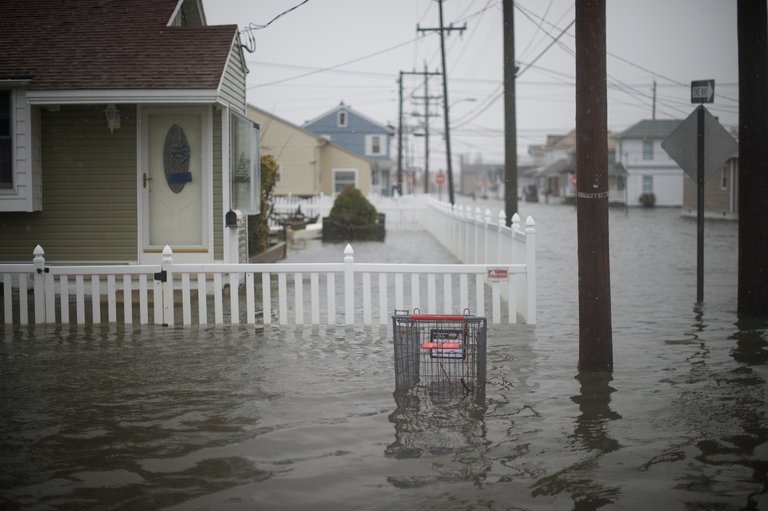Hurricane Irma represents a greater hazard to control supplies in Florida than Hurricane Harvey did in Texas in light of the fact that Irma is pressing almost 200 mile-per-hour winds (320 km/h) that could down electrical cables, close atomic plants and threats to leave a large number of homes and organizations oblivious for quite a long time.
Irma’s breezes match the most grounded for any hurricane in history in the Atlantic, while Harvey’s harm originated from record precipitation. Indeed, even as Houston overwhelmed, the power remained on for most, enabling residents to utilize TV and radio to stay apprised of risk, or social media to call for offer assistance.
“At the point when Harvey made landfall in Texas, it made it completely inland and debilitated before long. Irma, however, could hold a lot of its quality,” said Jason Setree, a meteorologist at Commodity Weather Group.
Irma has led to the demise of several people and crushed islands in the Caribbean. Current figures put practically the whole of Florida peninsula in the way of the storm, which made landfall in the Caribbean with wind speed of 185 mph (295 km/h).
The risk of the Category 5 storm, at the highest point of the Saffir-Simpson Hurricane Wind Scale, is sufficiently grave that power generator Florida Power and Light (FPL) plans to close its two atomic power plants in the state, and authorities cautioned that it might need to reconstruct parts of its energy framework, which could take weeks.
Majority of Florida residents have not encountered a noteworthy storm since 2005, when total blackouts topped around 3.6 million amid Hurricane Wilma. Some of those blackouts went on for a considerable length of time.
Setree contrasted the anticipated way of Irma with Hurricane Matthew in 2016, which thumped out energy to around 1.2 million FPL clients in October. FPL, a unit of Florida energy organization NextEra Energy Inc , re-established administration to most clients influenced by Matthew in only two days. In days, FPL representative Chris McGrath stated: “With a storm as intense as Irma, we need clients to get ready for harm to our foundation and possibly long term power blackouts”. He said it was too early to guess on the number and area of clients Irma could influence.
In an announcement this week, FPL evaluated half of its close to five million clients – especially in the trio of crowded southeast regions Miami-Dade, Palm Beach and Broward – had not encountered a noteworthy storm since 2005.
FPL, Florida’s greatest power provider said it had contributed about $3 billion since 2006 to reinforce its grid, including setting 60 principle electrical cables underground and introducing almost five million shrewd meters and different gadgets.
However, such gadgets can just do so much. Harvey’s blackouts were restricted to 312,000 clients, of which CenterPoint was in charge of around 109,000, as it rapidly lost power after landfall and transformed into a tropical stom. By contrast, Ross noted, Hurricane Ike in 2008 made 2.1 million of CenterPoint’s clients lose control when it hit the Texas coast near Houston.



